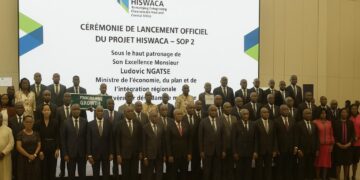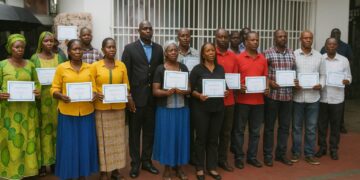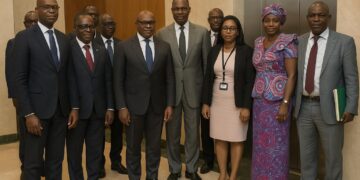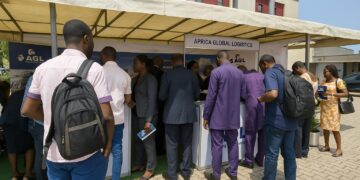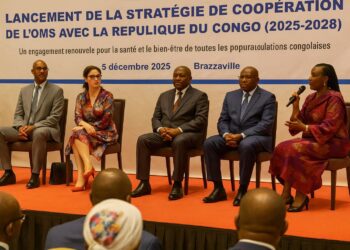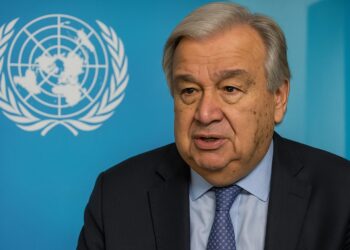Nobel prize underscores tech-driven growth
The 2024 Nobel Memorial Prize in Economic Sciences has gone to Joel Mokyr, Philippe Aghion and Peter Howitt for decades of research explaining how fresh technologies lift productivity and living standards. Their findings, already embedded in many reform agendas, offer timely guidance for economies navigating digital transitions worldwide.
Announcing the award, the Royal Swedish Academy praised Mokyr for tracing the cultural and institutional roots that made sustained innovation possible since the Industrial Revolution, while lauding Aghion and Howitt for formalising Joseph Schumpeter’s intuition that progress depends on a relentless churn of ideas, firms and skills today.
Foundations of sustained innovation
Mokyr, a 79-year-old economic historian at Northwestern University, mined archives to show how Enlightenment values pushed Europe toward knowledge accumulation, lowering invention costs and scattering spillovers across sectors (Mokyr, 2016). The committee underlined that identifying such preconditions helps policymakers replicate them in late-industrialising regions, including Central Africa today.
Aghion, 69, and Howitt, 79, jointly developed the endogenous growth model known as Aghion-Howitt, later refined with colleagues at Harvard and Brown. The framework links productivity jumps to firm-level R&D and creative destruction, providing a tractable map for setting tax incentives, competition rules and skills programmes for governments.
Creative destruction and policy implications
The key insight is disarmingly simple: what fuels long-run prosperity also displaces incumbents. In Aghion’s words, “innovation is both medicine and earthquake” (Financial Times, 2023). For regulators, the challenge lies in nurturing contestability without stifling investment, while cushioning workers and regions hit by the competitive tremors that follow.
These conclusions resonate with agendas championed by the African Continental Free Trade Area, which seeks to harmonise standards and open markets to new entrants. Economists at the African Development Bank argue that countries combining intellectual-property clarity with flexible labour regimes attract deeper venture capital and faster job reallocation.
Historical lens on sustained expansion
Mokyr’s archival work reveals that enlightenment-era networks—publishers, coffee houses, learned societies—functioned as today’s cloud servers, diffusing breakthroughs at marginal cost. Such infrastructure, whether analog or digital, turns isolated inventors into scalable industries. The nobel jury emphasised that absent diffusion mechanisms, brilliant discoveries languish as local curiosities for decades.
Historians note parallels with the Congo-Ocean Railway and post-independence telecom corridors that unlocked intra-regional trade. While infrastructures differ, the underlying principle—shared platforms multiply knowledge externalities—remains intact. For emerging policymakers, the message is clear: complement physical assets with open data, robust education and reliable power grids for sustained progress.
Signals for emerging markets investors
Capital allocators tracking frontier portfolios view the Nobel as reinforcement of two trends: R&D intensity predicts equity outperformance, and regulatory openness mitigates disruption shocks. UBS Global Research recently found African firms that reinvest at least five percent of turnover in process innovation deliver EBITDA margins two points higher.
Fund managers based in Casablanca and Nairobi say the prize could catalyse fresh interest in knowledge-rich but capital-scarce clusters from Brazzaville to Gaborone. “Investors still chase commodities, yet the next rerating will come from productivity,” notes Amine Tazi, an emerging-markets strategist at EFG Hermes in a recent webinar.
Reactions across innovation hubs
Paris, Tel Aviv and Toronto—cities linked to each laureate—quickly scheduled conferences dissecting policy follow-ups. France’s economy minister hailed the award as validation of the nation’s tech visa programme, while Canada’s Globe and Mail editorial argued that aligning university research with SMEs could replicate the Aghion-Howitt virtuous loop domestically.
In Washington, Federal Reserve officials referenced the laureates while discussing productivity gaps during September’s FOMC minutes (Federal Reserve, 2024). Although monetary policy cannot create inventors, recognising structural drivers supports patience with supply-side reforms. Several board members highlighted Africa’s demographic dividend as a laboratory for Aghion’s competition-innovation linkage theory.
Outlook for Congo’s diversification efforts
The Republic of Congo’s 2023-2027 National Development Plan pledges to raise non-oil growth to six percent through agro-industry, wood processing and digital services. Officials view the Nobel spotlight as encouragement to refine innovation funds within Special Economic Zones, adding patent mentoring and angel networks for local start-ups sustainability.
Business associations headquartered in Pointe-Noire argue that faster customs procedures and digital land registries could operationalise creative destruction, enabling SMEs to test new logistics models beside established oil majors. They caution, however, that competition law must remain predictable to keep the investment climate on a steady upward trajectory.
Key takeaways for boardrooms
For corporate strategists, the laureates deliver three messages. First, invest systematically in R&D even during downturns. Second, nurture internal rivalries to avoid complacency. Third, lobby for open markets rather than protective quotas. Historical evidence shows that societies embracing these principles absorb shocks and enjoy compound productivity gains long-term.
Scholars often debate whether growth theories win Nobels because they mould policy or because they mirror pre-existing reforms. Regardless, the 11-million-crown prize signals that innovation economics sits at the heart of future prosperity. Investors and governments ignoring this cue risk misreading the next structural market cycle and returns.






